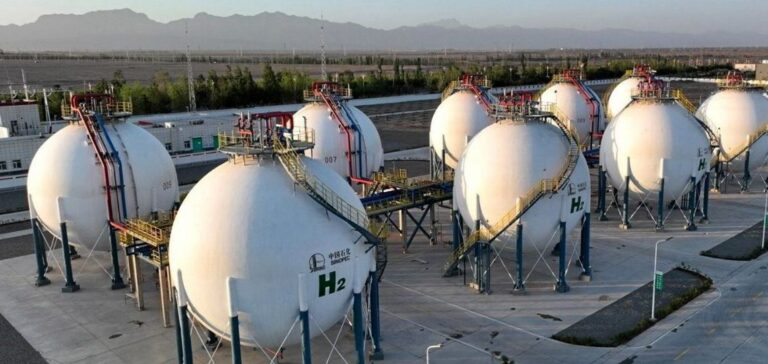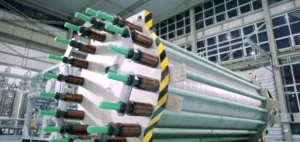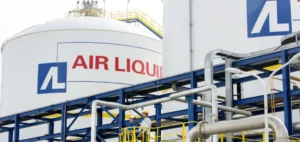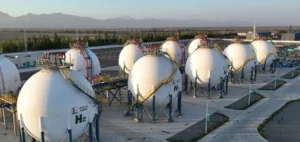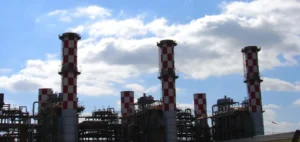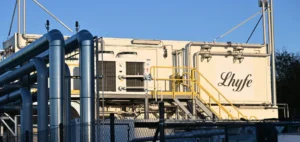Sungrow Hydrogen has recently won the largest share of the contract to supply hydrogen production equipment for China Coal Ordos Energy Chemical’s “Liquid Sunshine” demonstration project. This national flagship green hydrogen project aims to produce 100,000 tons of green methanol annually by combining renewable energy sources with energy storage systems.
The $680 million project includes the installation of 625 MW of wind and solar capacity, enabling the annual production of 21,000 tons of green hydrogen. This hydrogen will then be used to synthesise 100,000 tons of methanol in combination with carbon dioxide (CO₂), contributing to a reduction of 500,000 tons of CO₂ upon completion.
Sungrow Hydrogen’s role in the project
As a core component of the project, Sungrow Hydrogen’s flexible green hydrogen production system meets stringent requirements for continuous and stable operation, effectively adapting to fluctuations in renewable energy sources such as solar and wind power. This enables large-scale green hydrogen production and validates the application of green hydrogen-to-methanol conversion, offering replicable low-carbon transition pathways for high-carbon industries such as coal chemical engineering, which are crucial for large-scale industrialisation.
Outlook for the green hydrogen industry
With multiple large-scale green hydrogen projects advancing worldwide, Sungrow Hydrogen continues to drive the global transition from pilot demonstrations to industrial-scale green hydrogen adoption.


